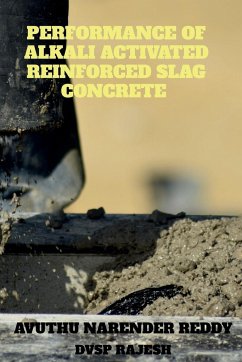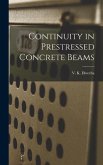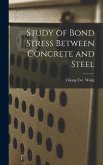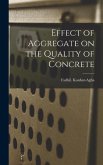The need to meet sustainable development is now an important challenge to the cement industry. The production of OPC is responsible for about 7% of the world's carbon dioxide emission, a major contributor to the greenhouse effect which is implicated in global warming and climatic changes, lead to the search for a more environmentally viable alternative to cement. One of those alternative materials is alkali-activated slag (AAS) where ground granulated blast furnace slag is used not as partial replacement to cement but as a sole binder in the production of concrete. The overall aim of the study was to investigate the potential of alkali-activated slag as the sole binder in producing concrete. The performance of alkali-activated slag concrete with sodium silicate, with hydrated lime, sodium hydroxide, sodium carbonate as an activator is used at 4% Na2O (by weight of slag) and 4% of hydrated lime by weight of solid binder content if used as a retarder. The scope of the work covered four mixes: a normal OPC mix, three AAS slag mixes of the same binder content, and the same water binder ratio.
Hinweis: Dieser Artikel kann nur an eine deutsche Lieferadresse ausgeliefert werden.
Hinweis: Dieser Artikel kann nur an eine deutsche Lieferadresse ausgeliefert werden.








